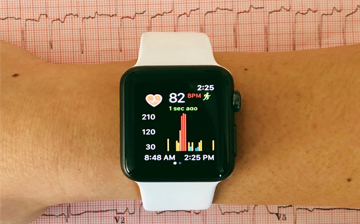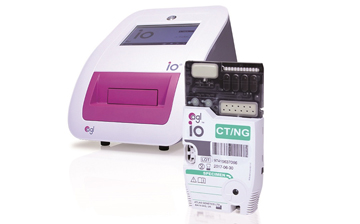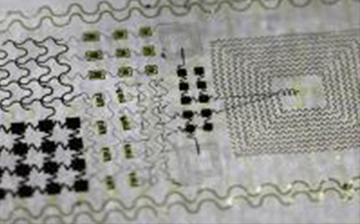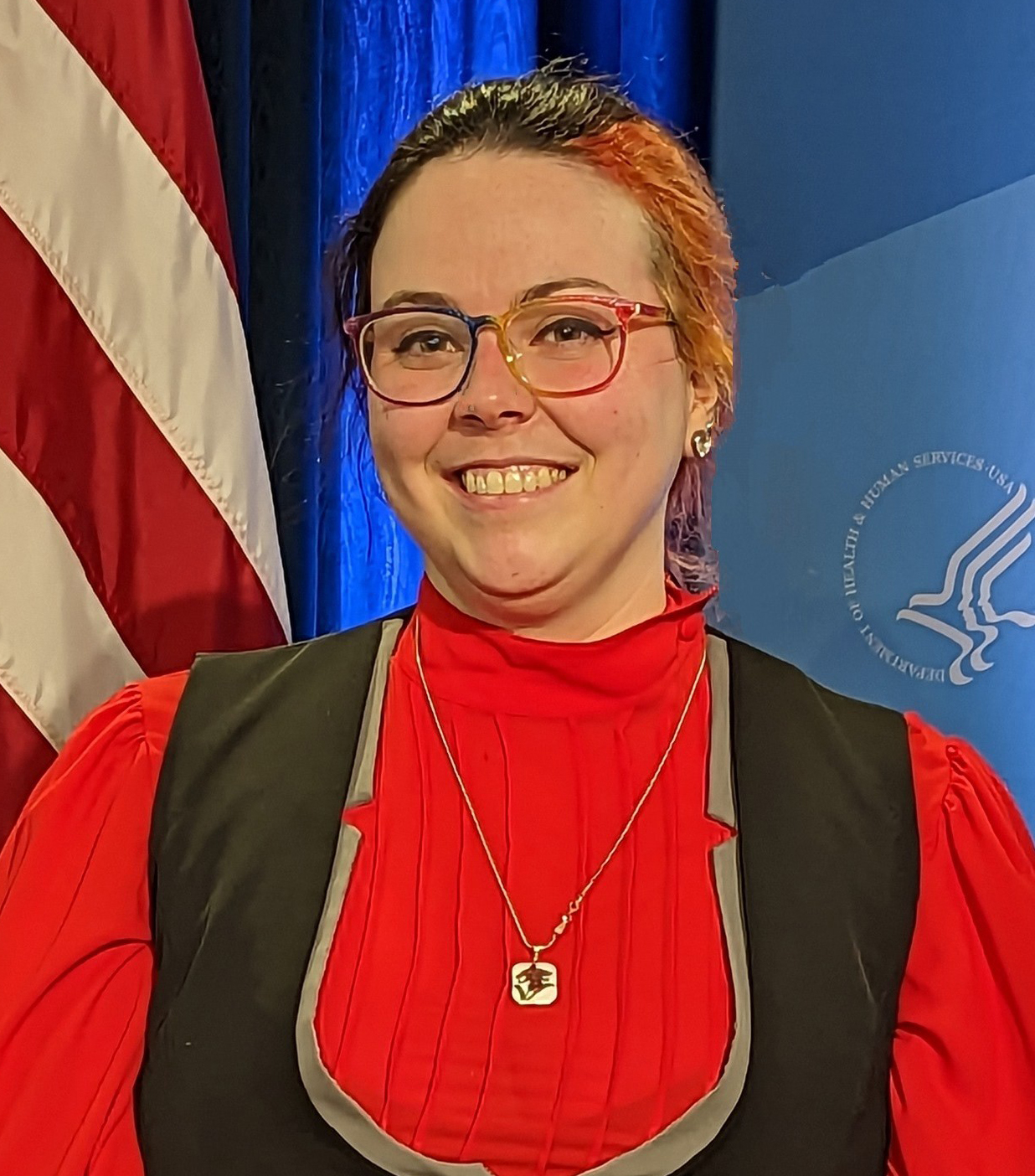The focus of the division is to support development of science and technology for processing and evaluating complex biomedical information in order to develop solutions to real-world healthcare problems. This research builds toward practical, patient-centered applications such as:
- clinical decision-making support systems
- in-home treatment monitoring
- medical image improvement through advanced methodologies
- next-generation intelligent image and data analysis tools
- mobile health.

Program Areas
Behrouz Shabestari, Ph.D.
Rui Carlos Pereira de Sá, Ph.D.
Collaborations
- Neuroimaging Informatics Tools and Resource Clearinghouse (NITRC) – NIBIB staff lead a trans-NIH team that manages a clearinghouse for tools and resources used by neuroimaging informatics researchers and tool developers. In addition, NITRC helps create and support a community of neuroimaging informatics researchers. https://www.nitrc.org. For more information, contact Andrew Weitz (Andrew.weitz@nih.gov).
- Nanomaterials Registry – The Nanomaterial Registry is a publicly available resource for nanomaterials community, and is part of a newly announced signature initiative from the National Nanotechnology Initiative (NNI): Nanotechnology Knowledge Infrastructure - Enabling National Leadership in Sustainable Design https://www.nano.gov/node/819. The goal of this curated nanomaterial registry is to provide consistent information on the biological and environmental interactions of well-characterized nanomaterials, as well as links to associated publications, modeling tools, computational results and manufacturing guidelines. (https://www.nanomaterialregistry.org).
- NIBIB Point-of-Care Technologies Research Network (POCTRN) – This network of centers was created to drive the development of appropriate point-of-care diagnostic technologies through collaborative efforts that simultaneously merge scientific and technological capabilities with clinical need. https://www.nibib.nih.gov/Research/POCTRN. For more information, contact Tiffani Lash (baileyti@mail.nih.gov).
- Smart and Connected Health Program – This is an interagency collaboration which supports the development and use of innovative approaches for transforming healthcare from reactive and hospital-centric to preventive, proactive and person-centered and focused on well-being rather than disease. For more information, contact Tiffani Lash (baileyti@mail.nih.gov).
- RadLex Ontology – This is a project developed by the Radiological Society of North America (RSNA) through NIBIB funding for establishing a controlled terminology for radiology and serves as a single unified source of radiology terms for radiology practice, education, and research. When complete, the RadLex Ontology will be capable of describing all the salient aspects of an imaging examination, including modality, technique, visual features, anatomy, findings, and pathology.
Division Staff
Behrouz Shabestari

Division Events
- August 23, 2024
The 6th installment of the NIBIB National Technology Centers Webinar Series will be presented Aug. 23, 2024 and will showcase centers specializing in Immunoengineering, Tissue Engineering and Tissue Manufacturing.
Related News
NIBIB in the News ·
The FDA granted marketing authorization for Cepheid’s Xpert HCV test and GeneXpert Xpress System, the first rapid test for hepatitis C virus intended for use in point-of-care settings. Source: Helio
Science Highlights ·
To date, nine medical device developers participating in the RADx® Tech Independent Test Assessment Program have received emergency use authorization for at-home and point-of care test products that simultaneously detect COVID-19 and flu A/B.
NIBIB in the News ·
Scientists at the University of North Carolina at Chapel Hill have created innovative soft robots equipped with electronic skins and artificial muscles, allowing them to sense their surroundings and adapt their movements in real-time. These features make soft sensory robots highly adaptable and useful for enhancing medical diagnostics and treatments. Source: UNC Chapel Hill
NIBIB in the News ·
Columbia University biomedical engineers have created BeatProfiler, a new comprehensive tool that uses AI to analyze heart cell function. It's the first system to integrate the analysis of different heart function indicators, such as contractility, calcium handling, and force output into one tool, speeding up the process significantly and reducing the chance for errors. Source: Columbia University Engineering.
Science Highlights ·
A collaborative NIH-funded team is using AI to mine common chest CT scans to predict mortality. Their research identified a collection of cardiac factors that were predictive of death in a large group of patients, potentially setting the stage for improved cardiac screening.











